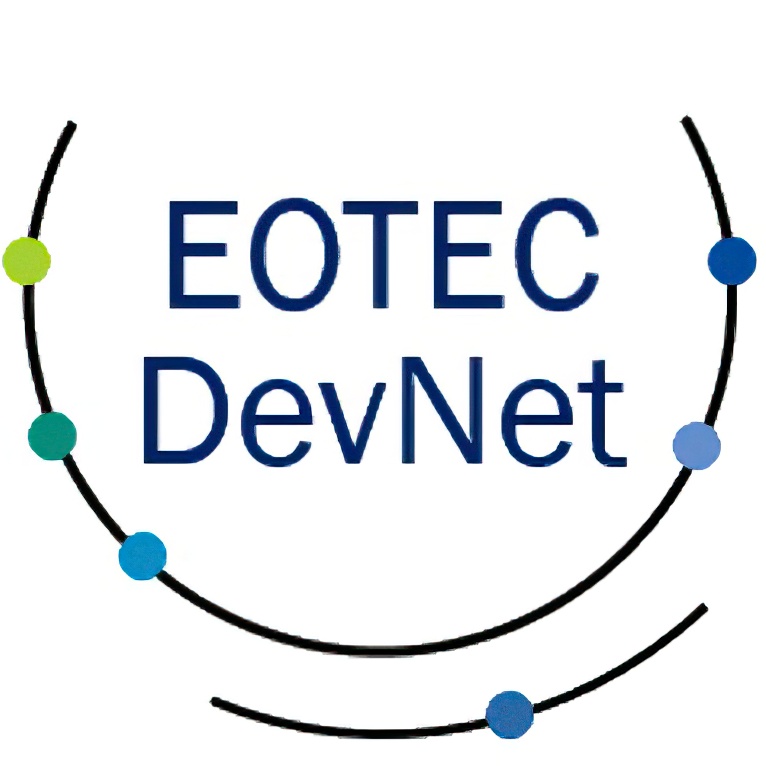As part of the EGU2020 Sharing Geoscience Online Townhall events, Bojan Bojkov (Head of Remote Sensing and Products Division, EUMETSAT) presents on “European research opportunities and priorities for the next generation of meteorological satellites”, an open online event.
In the first half of the 2020s, the European Organisation for the Exploitation of Meteorological Satellites (EUMETSAT) and the European Space Agency (ESA) will launch the next generation of meteorological satellites. These provide a continuity of service for the current Meteosat and European Polar System satellites, and extensive opportunities for innovation in meteorological and environmental research.
From geostationary orbit Europe will have for the first time, in addition to higher spectral, spatial and time sample images, an infrared sounder, a lightning imager and the Copernicus Sentinel-4 sounder in the ultraviolet, visible and near infrared spectrum. From polar orbit we will have global coverage from the novel ice cloud imager (ICI), microwave imager, multi-viewing multi-channel multiple-polarisation imaging (3MI) instruments as well as the instruments building on the EPS heritage.
The data from each of these instruments offers potential for use in atmospheric process studies (e.g., aerosols, clouds, precipitation-related), weather and climate modelling, and environmental systems research; in addition, the co-location of instruments on the same platform also offers research and development potential.
In order to work with data as soon as operationally available, approaches will need to be made now to national and European science agencies to establish priorities and support frameworks.
Bojan Bojkov presents the new programme capabilities and answers questions to support interest by the science community.
